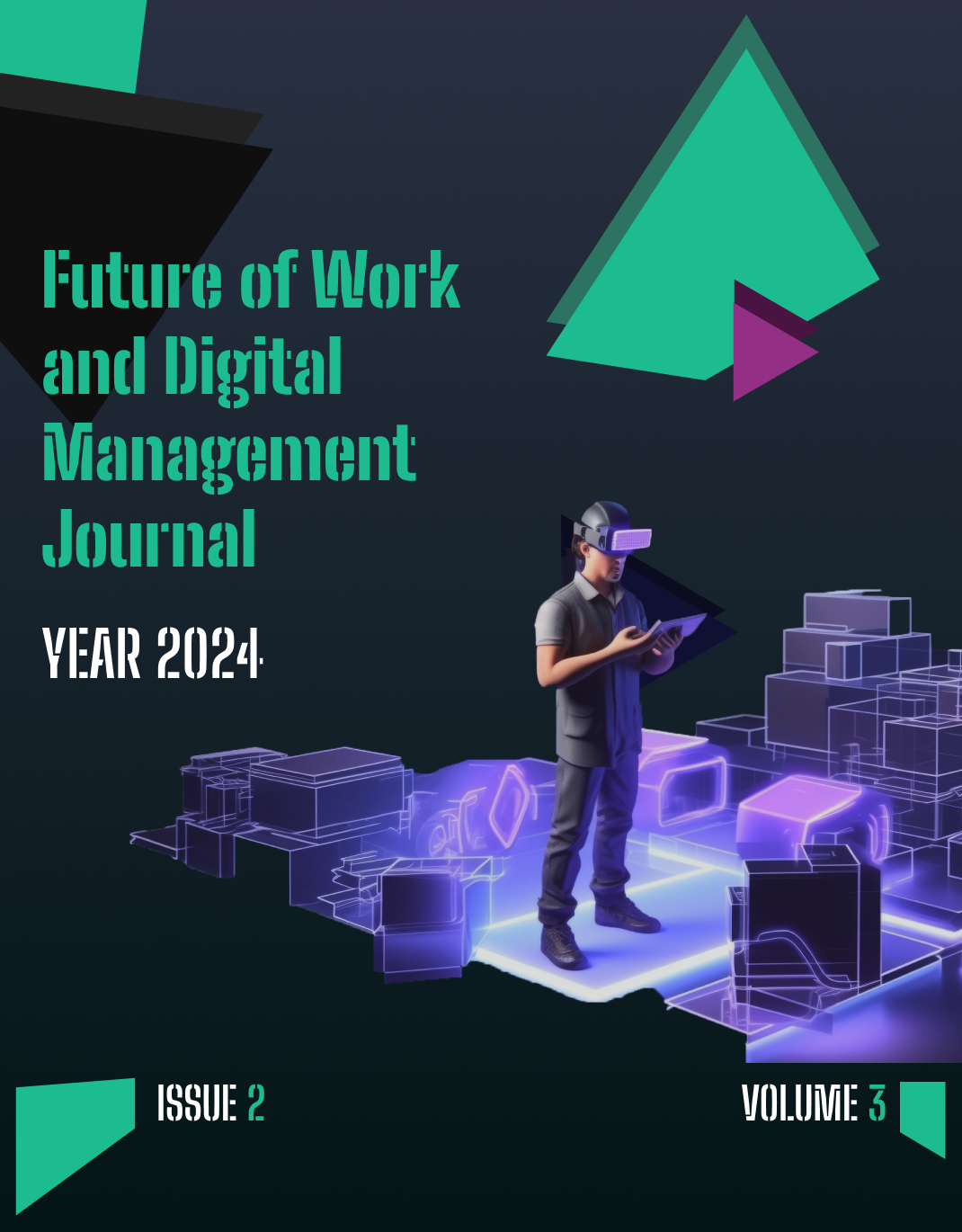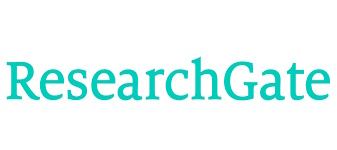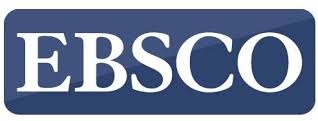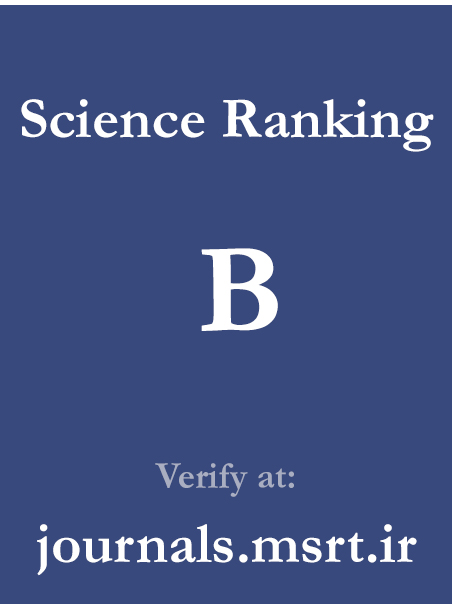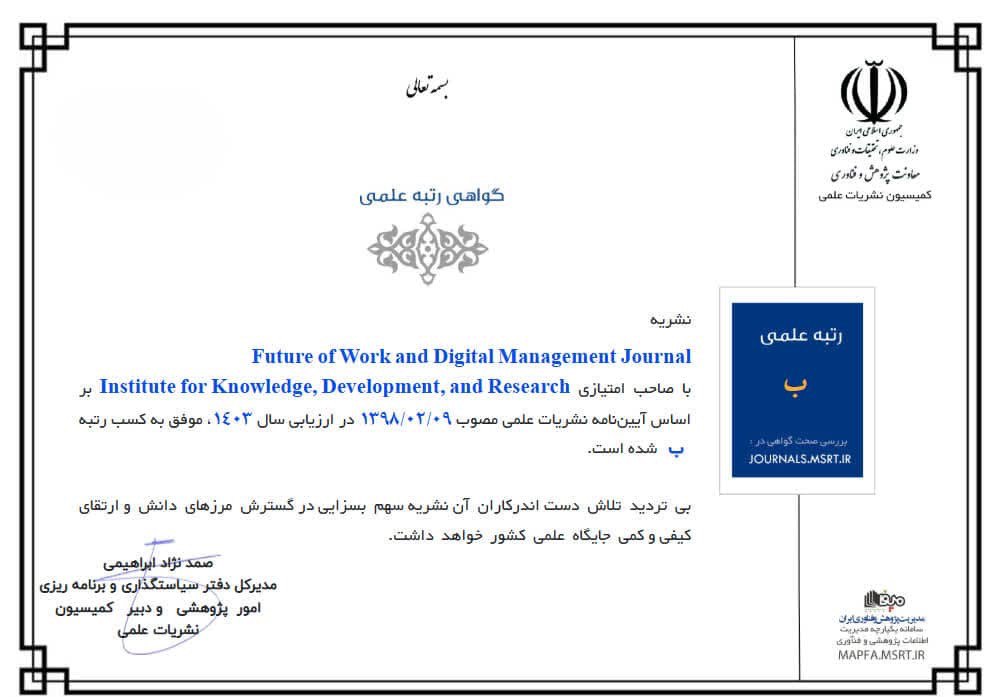Identifying Key Enablers of Agile Knowledge Work in Digitally Distributed Teams
Keywords:
Agile knowledge work, digitally distributed teams, enablersAbstract
This study aimed to identify the key enablers that support agile knowledge work within digitally distributed teams operating in Tehran’s technology sector. A qualitative research design was employed using semi-structured interviews with 29 professionals engaged in agile roles across various organizations in Tehran. Participants were selected using purposive sampling to ensure a diverse representation of roles including software developers, product managers, agile coaches, and UX designers. Data collection continued until theoretical saturation was achieved. The interviews were transcribed verbatim and analyzed using thematic analysis, facilitated by NVivo software. The analysis followed an inductive coding approach, enabling the emergence of themes grounded in participants’ experiences. Credibility was enhanced through peer debriefing, memo writing, and audit trails. Three main categories emerged from the data: Digital Collaboration Infrastructure, Human-Centered Agile Practices, and Organizational Support and Culture. Thematic analysis revealed that enablers such as seamless tool integration, real-time communication platforms, and platform flexibility were essential for facilitating agile processes in distributed contexts. Human-centered practices—including psychological safety, adaptive planning, and peer learning—were found to support autonomy and responsiveness. Organizational-level enablers such as leadership engagement, agile-compatible policies, and contextual onboarding played a critical role in aligning agile values with distributed team operations. These findings align with and extend prior research, emphasizing the integrated influence of technological, interpersonal, and institutional factors on agile knowledge work. Agile knowledge work in digitally distributed teams is enabled through the convergence of robust digital infrastructure, psychologically safe team dynamics, and agile-aligned organizational support. These findings provide both theoretical insights and practical recommendations for organizations seeking to optimize distributed agile practices in dynamic work environments.
Downloads
References
[1] C. S. Maharao, "A Study on Managing Distributed and Remote Teams in It Agile Projects," Shodhkosh Journal of Visual and Performing Arts, vol. 4, no. 2, 2023, doi: 10.29121/shodhkosh.v4.i2.2023.2285.
[2] A. Saxena, S. Venkatagiri, and R. K. Bandi, "Managing Contradictory Tensions in Agile Distributed Development," pp. 101-104, 2021, doi: 10.4018/978-1-7998-4165-4.ch005.
[3] R. Kasauli, R. Wohlrab, E. Knauss, J.-P. Steghöfer, J. Horkoff, and S. Maro, "Charting Coordination Needs in Large-Scale Agile Organisations With Boundary Objects and Methodological Islands," pp. 51-60, 2020, doi: 10.1145/3379177.3388897.
[4] S. McCarthy, P. O’Raghallaigh, C. Fitzgerald, and F. Adam, "Building Bridges, Burning Bridges: The Use of Boundary Objects in Agile Distributed ISD Teams," 2020, doi: 10.24251/hicss.2020.063.
[5] V. Stray, A. Tkalich, and N. B. Moe, "The Agile Coach Role: Coaching for Agile Performance Impact," 2021, doi: 10.24251/hicss.2021.817.
[6] S. V. Spiegler, C. Heinecke, and S. Wagner, "An Empirical Study on Changing Leadership in Agile Teams," Empirical Software Engineering, vol. 26, no. 3, 2021, doi: 10.1007/s10664-021-09949-5.
[7] O. Psarov and E. Druzhinin, "Enhancing Agile Team Productivity With Metrics," Scientific Journal of the Ternopil National Technical University, vol. 1, no. 113, pp. 93-99, 2024, doi: 10.33108/visnyk_tntu2024.01.093.
[8] S. Sauer and M. Nicklich, "Empowerment and Beyond: Paradoxes of Self-Organised Work," Work Organisation Labour & Globalisation, vol. 15, no. 2, 2021, doi: 10.13169/workorgalaboglob.15.2.0073.
[9] S. I. Wong and S. v. Gils, "Initiated and Received Task Interdependence and Distributed Team Performance: The Mediating Roles of Different Forms of Role Clarity," Ai & Society, vol. 37, no. 2, pp. 781-790, 2021, doi: 10.1007/s00146-021-01241-w.
[10] P. T. Y. Lee, A. Lee, M. Chau, and B. Deng, "How Perceived Transparency in Information System Development Processes Improves Project Quality in Agile IT Enterprises," Industrial Management & Data Systems, vol. 124, no. 6, pp. 2284-2311, 2024, doi: 10.1108/imds-07-2023-0493.
[11] S. M. Ågren, "Agile Beyond Teams and Feedback Beyond Software in Automotive Systems," 2022, doi: 10.48550/arxiv.2203.13130.
[12] N. Nascimento, A. R. Santos, A. Sales, and R. Chanin, "Enablers and Inhibitors in Agile Teams," 2022, doi: 10.1145/3524614.3528623.
[13] C. A. Sathe and C. Panse, "Analyzing the Impact of Agile Mindset Adoption on Software Development Teams Productivity During COVID-19," Journal of Advances in Management Research, vol. 20, no. 1, pp. 96-115, 2022, doi: 10.1108/jamr-05-2022-0088.
[14] K. Duehr et al., "The Positive Impact of Agile Retrospectives on the Collaboration of Distributed Development Teams – A Practical Approach on the Example of Bosch Engineering GMBH," Proceedings of the Design Society, vol. 1, pp. 3071-3080, 2021, doi: 10.1017/pds.2021.568.
[15] A. Junita, "Agile HR Strategies: Prerequisite of Business Competitiveness in a Dynamic Environment," 2021, doi: 10.4108/eai.9-10-2020.2304778.
[16] N. Santos, J. Pereira, N. Ferreira, and R. J. Machado, "Using Logical Architecture Models for Inter-Team Management of Distributed Agile Teams," International Journal of Information Technologies and Systems Approach, vol. 15, no. 1, pp. 1-17, 2021, doi: 10.4018/ijitsa.289996.
[17] H. Cornide-Reyes et al., "Key Skills to Work With Agile Frameworks in Software Engineering: Chilean Perspectives," Ieee Access, vol. 9, pp. 84724-84738, 2021, doi: 10.1109/access.2021.3087717.
[18] T. Lautert, N. Adolfo Gustavo Serra Seca, and N. P. Kozievitch, "A Survey on Agile Practices and Challenges of a Global Software Development Team," pp. 128-143, 2019, doi: 10.1007/978-3-030-36701-5_11.
[19] C. A. Sathe and C. Panse, "Modelling the Enablers of Productivity of Enterprise-Level Agile Software Development Process Using Modified TISM Approach," Journal of Modelling in Management, vol. 19, no. 6, pp. 1749-1772, 2024, doi: 10.1108/jm2-12-2023-0285.
[20] T. Kumar, "Research Findings in the Domain of Agile Methodologies," pp. 214-243, 2021, doi: 10.4018/978-1-7998-7367-9.ch005.
[21] M. Berntzen, N. B. Moe, and V. Stray, "The Product Owner in Large-Scale Agile: An Empirical Study Through the Lens of Relational Coordination Theory," pp. 121-136, 2019, doi: 10.1007/978-3-030-19034-7_8.
Downloads
Published
Submitted
Revised
Accepted
Issue
Section
License

This work is licensed under a Creative Commons Attribution-NonCommercial 4.0 International License.
